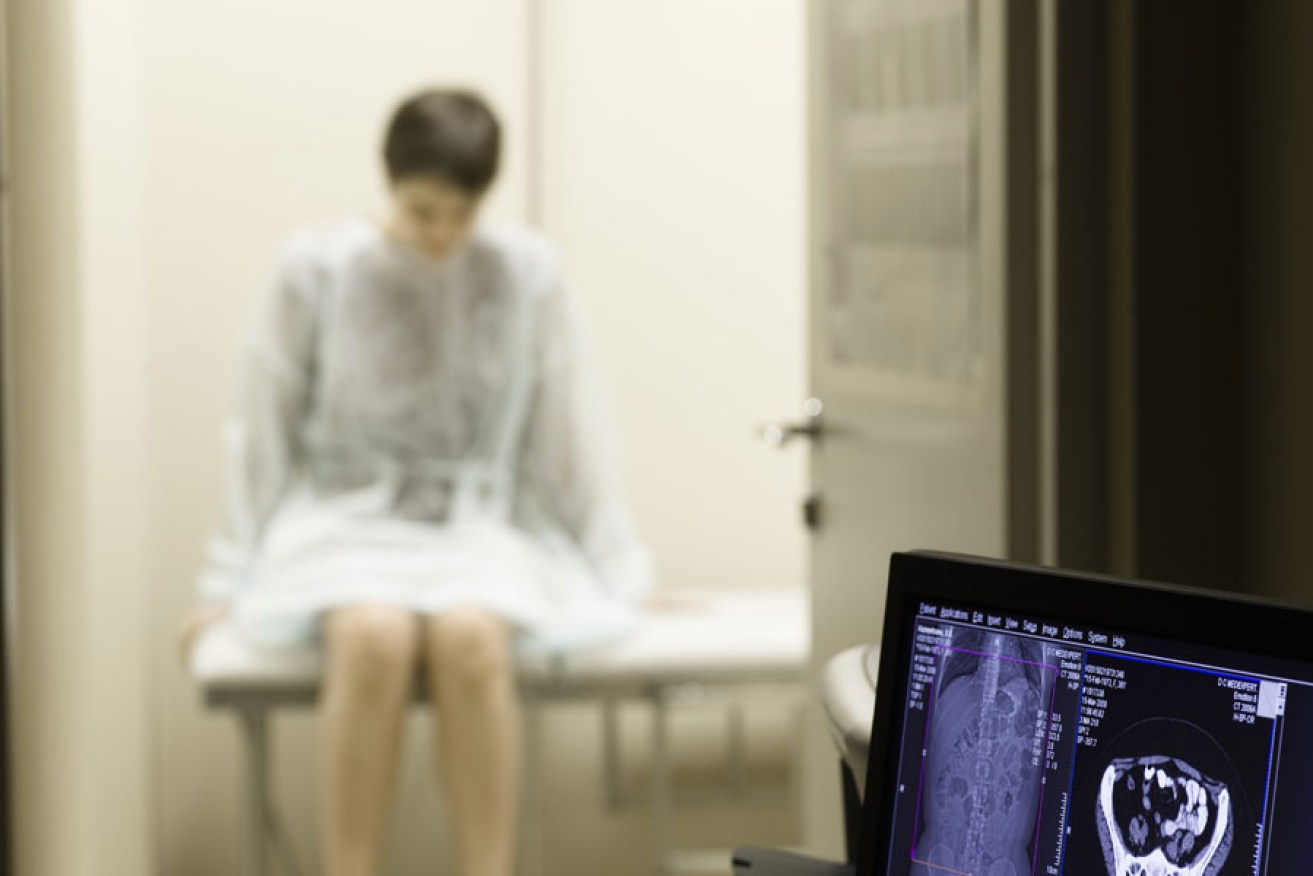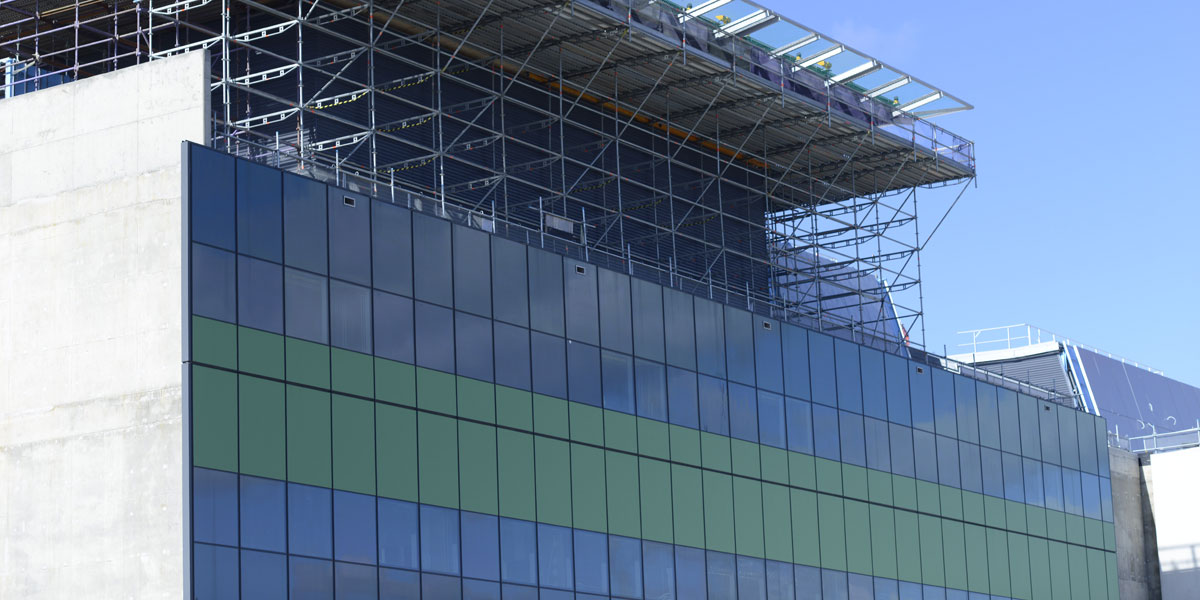New RAH and the rise of the machines

Your health isn't a commodity, despite the increasing commodification of private health insurance. Image: Moodboard
The new $1.85 billion Royal Adelaide Hospital will be one of the most technologically advanced hospitals in the world. Paradoxically for doctors, it may be too good.
Its “IT brain”, the Sunrise Enterprise 5.5 system – along with a suite of clinical and imaging systems – is the epitome of medical automation. The Sunrise Clinical Manager has the capability to launch complex algorithms that mine global medical databases, giving doctors unprecedented access to the latest diagnostic information and treatments. This is the world of data-driven clinical analytics.
An algorithm is a list of instructions that leads a user to a conclusion (e.g, “if this, then that”). All information processing machines from a Fitbit to an ultrasound scanner to the computer you’re reading this story on use algorithms.
In 2011, Columbia University gave IBM Watson, a diagnostic computer, a vexing medical case to solve. A woman in her mid-30s had complained of poor strength. Watson crunched the test results and said her malady was either hyperparathyroidism or rickets. It then refined the diagnosis. The woman should be checked for an atypical case of rickets that was resistant to vitamin D treatment. Bingo! It had taken a team of doctors days to make an accurate diagnosis. It took Watson 30 seconds.
Sun Microsystems cofounder Vinod Khosla, predicts that algorithms will replace 80 per cent of doctors within a generation. That’s a big call. Yet rapid advances in processing speed, metadata storage, biosensors, breakthroughs in artificial intelligence such as natural language processing, means machines will inevitably colonise work traditionally done by doctors.
Surely doctors and computer-driven analytics can work together? Not if history is any guide. The great artisans and guilds of the 18th century were replaced by the steam driven machines of the industrial revolution, never to return.
The algorithmic revolution is omnipotent and, via the Internet, omnipresent. In the same way the telephone, radio and TV, were paired with the Internet to create real-time global communication systems, the rise of clinical analytics will transform how medicine is practiced in South Australia.
An SA Health spokesperson said: “Technology has an important role to play in assisting clinicians and staff, however clinical decision making remains with clinicians.”
The State Government frequently talks about the positive “disruption” brought about by new technology but it fails to draw the logical conclusion, which is downplaying the role of medical staff.
The new RAH’s Enterprise Patient Administration System (EPAS) will also be able to track a doctor’s performance based on their net cost to the hospital. Figures from the Australian Institute of Health and Welfare show Australia spends around $155 billion on health each year and that about $46 billion was squandered on unnecessary tests and procedures.
There’s much to applaud about the efficiency and accuracy of the new data mining machines. With enough SA patient data, staff at the new RAH will be able to predict population-wide issues such as the rising incidence of diabetes, dementia, heart disease and Parkinson’s disease and plan pre-emptive primary care. This is extraordinarily innovative and the savings may be in the billions.
Isn’t better and cheaper healthcare what we’re all after? But something niggles. If I scan my conscience, surely someone who has dedicated years of study to a profession, to saving lives, should be the master of technology, not its servant? I want a confessor and a clinician – not a robot.

The new RAH is an incredible achievement – but will its technological advances cost us something more than money? Photo: Nat Rogers/InDaily
Dr Tony Sara, the Director of Clinical Informatics for the NSW Government, says machines will never subtract the humanity from medical practice.
“The vagaries of human beings, their denial of what they do not want to know, the way that a patient will point to the pain, the way their hands and body react to movement and examination, will mean that person-to-person communication and physical examination, will always remain the cornerstone of competent complex diagnosis,” he said.
There are other problems with ‘automatic diagnostic machines’. Relying on them to do our thinking gives a false expectation that the machine will work flawlessly. We disengage from the work the software is doing or we give undue weight to the processed information.
In just five years there have been four entirely distinct stock market disruptions brought about by technological glitches. The “Flash Crash” of 2010 saw the Dow Jones jump by 600 points in three minutes. Some shares had 99 per cent of their value wiped off in seconds. Why? Algorithm error. No system is perfect. But algorithms can be “taught” to learn from their mistakes.
New technology changes not only the work but also the worker. The new RAH is an incredible achievement and once it becomes fully operational, it will change the way medicine is practiced in this state. But as with every great technological advance, we lose something human along the way. In this case, we may lose the relationship between patient and doctor.
Malcolm King works in generational change. He is an Adelaide writer.




